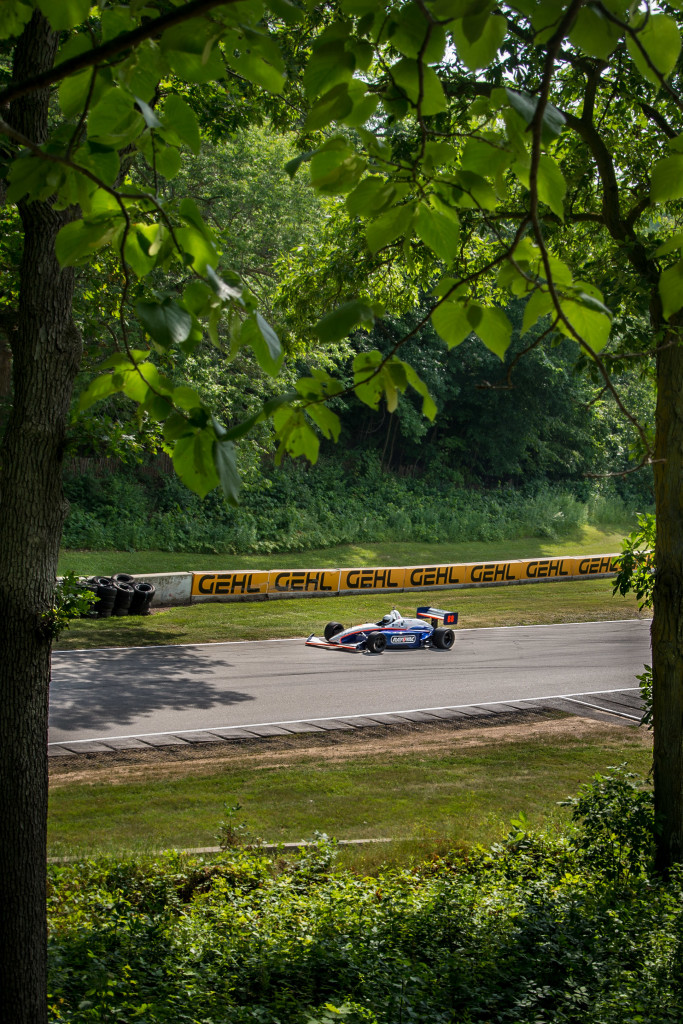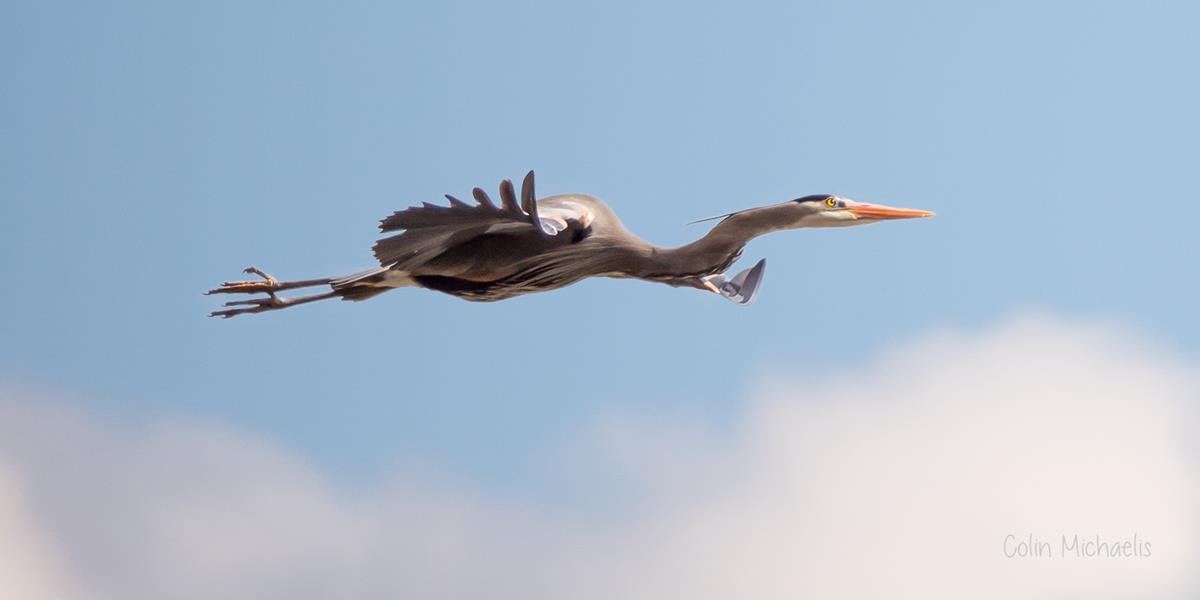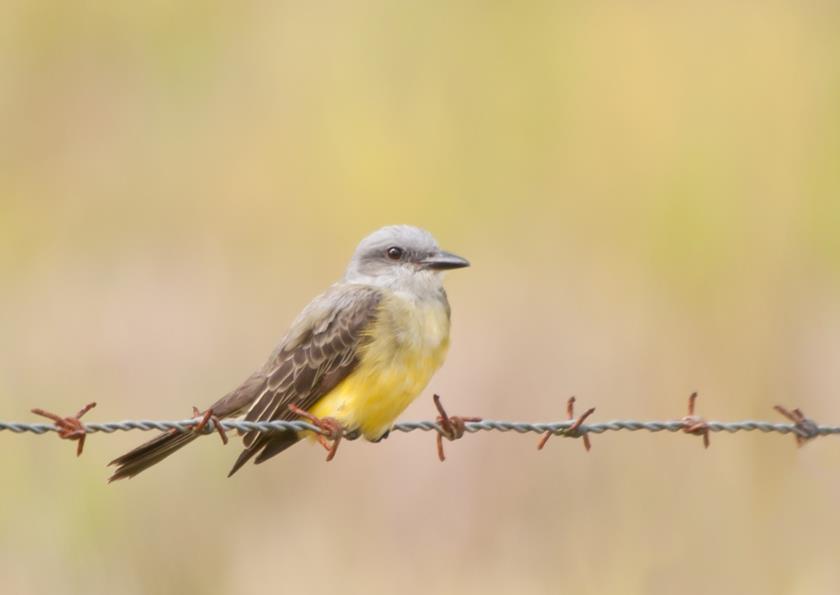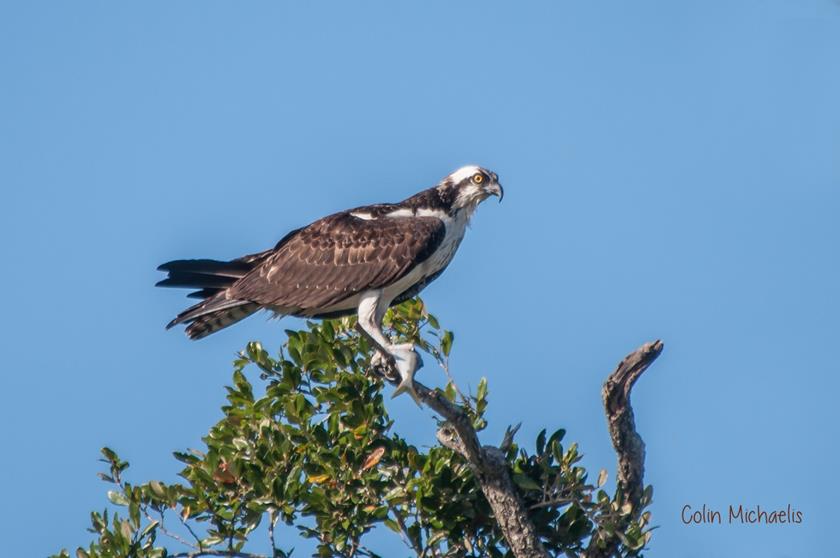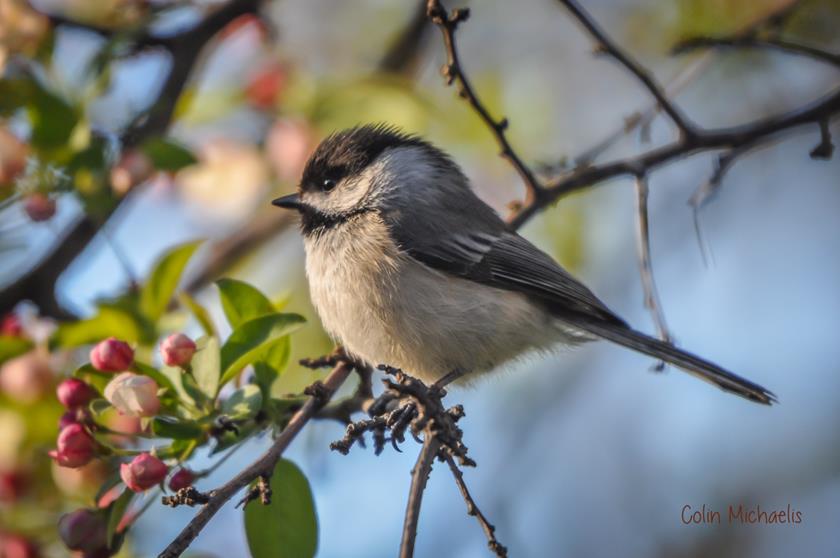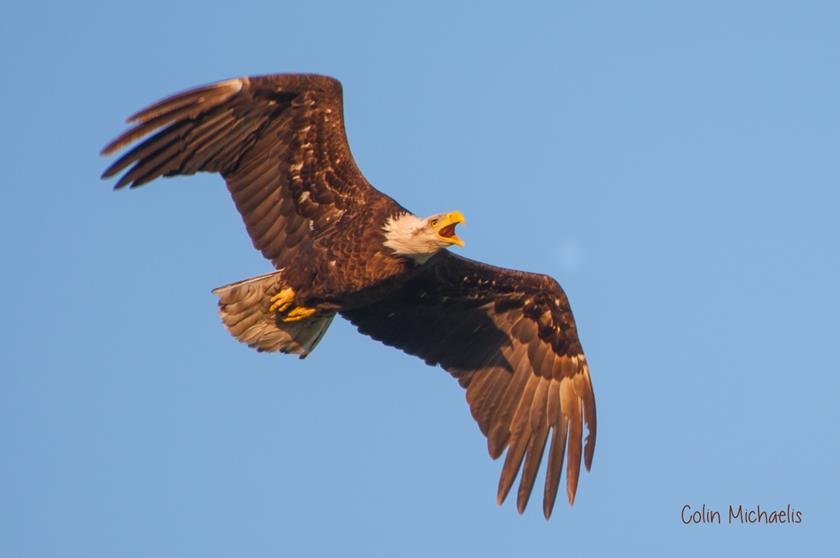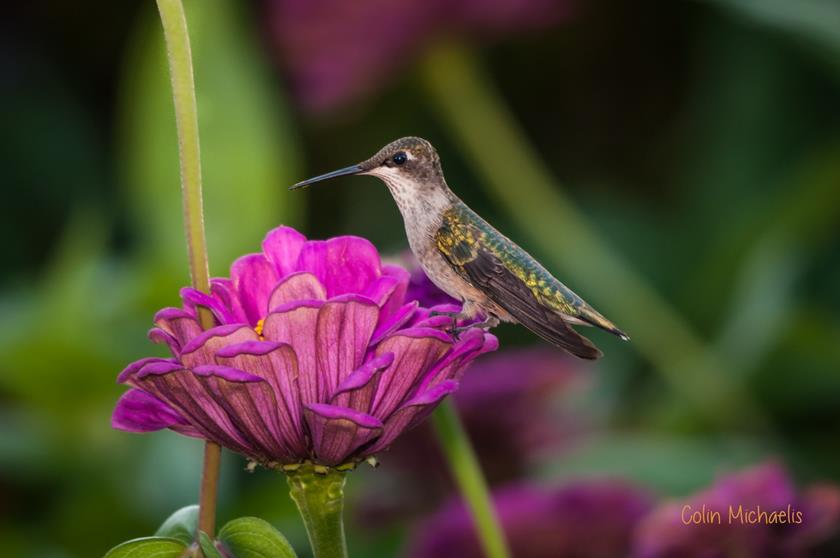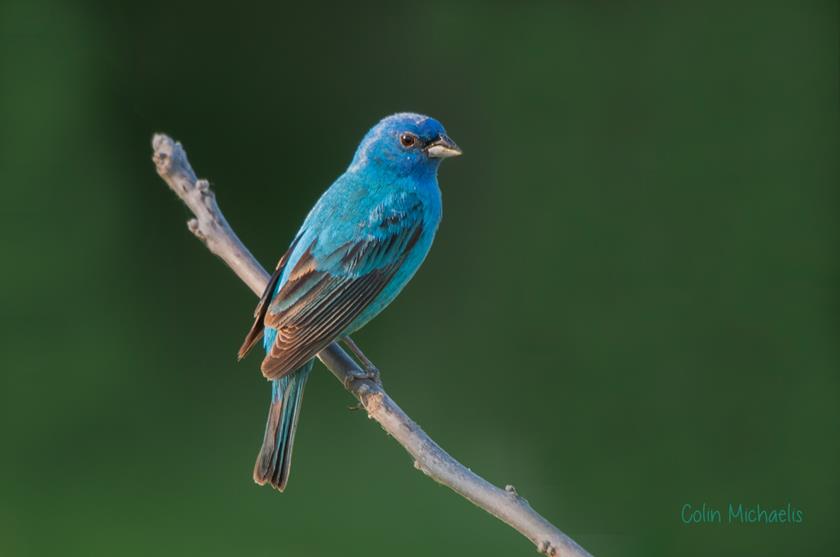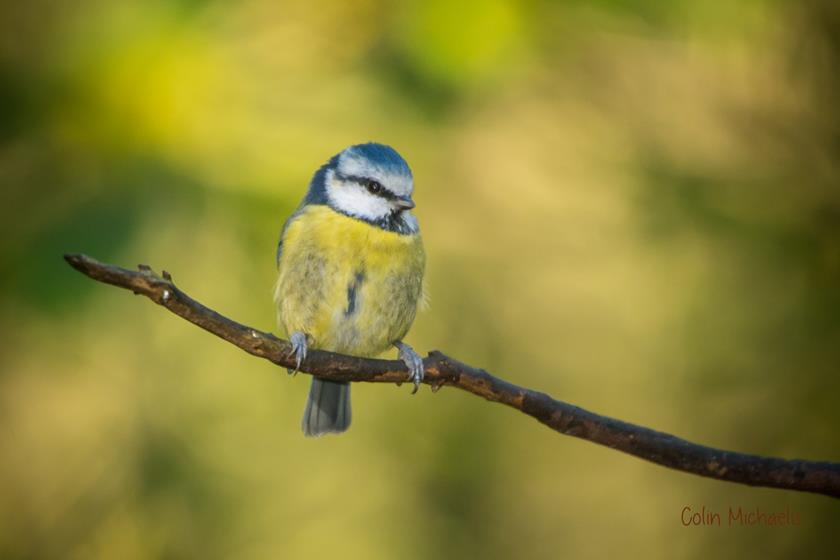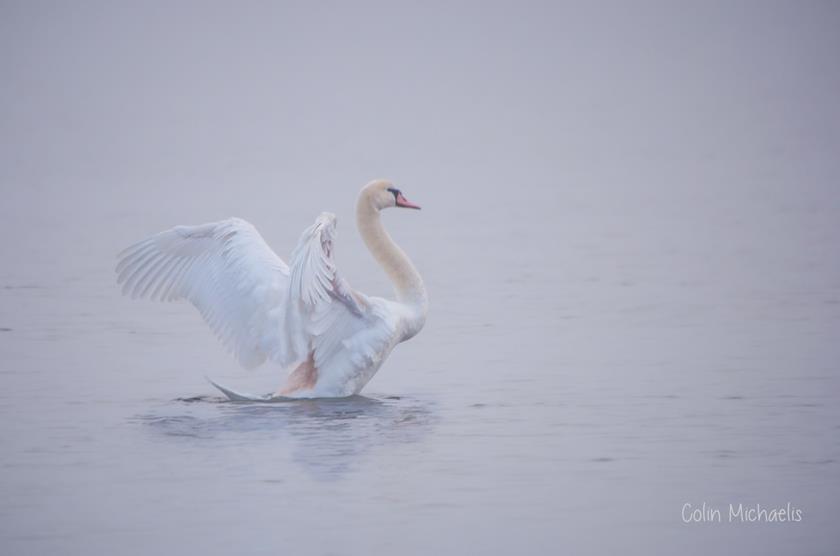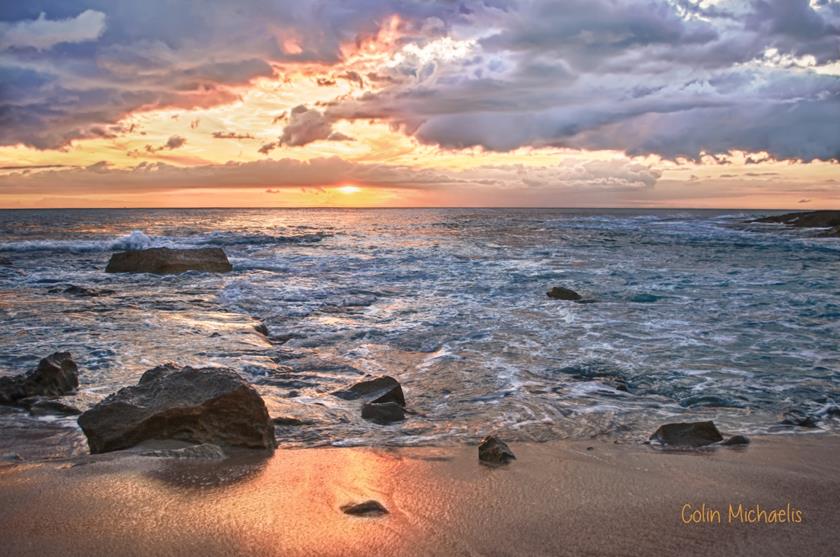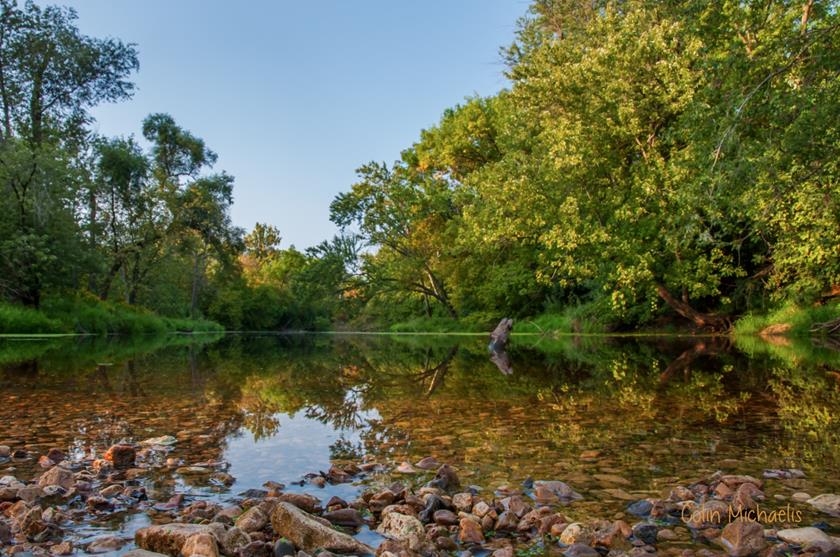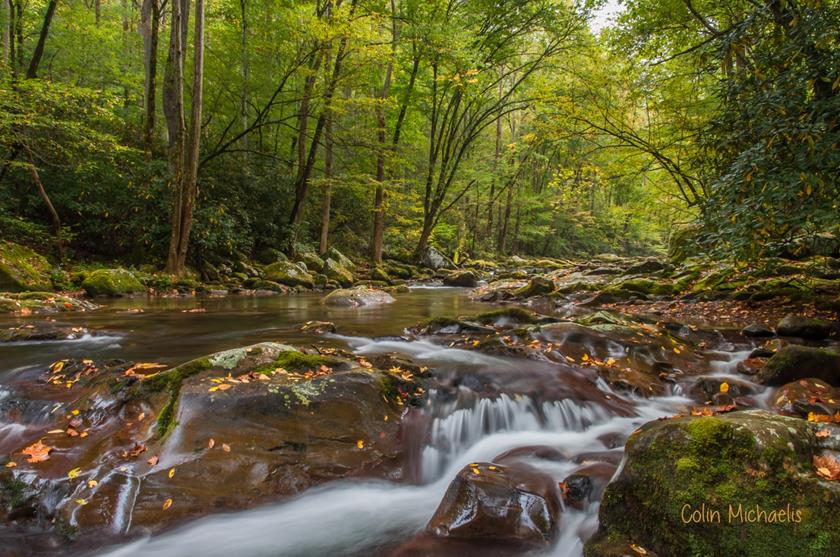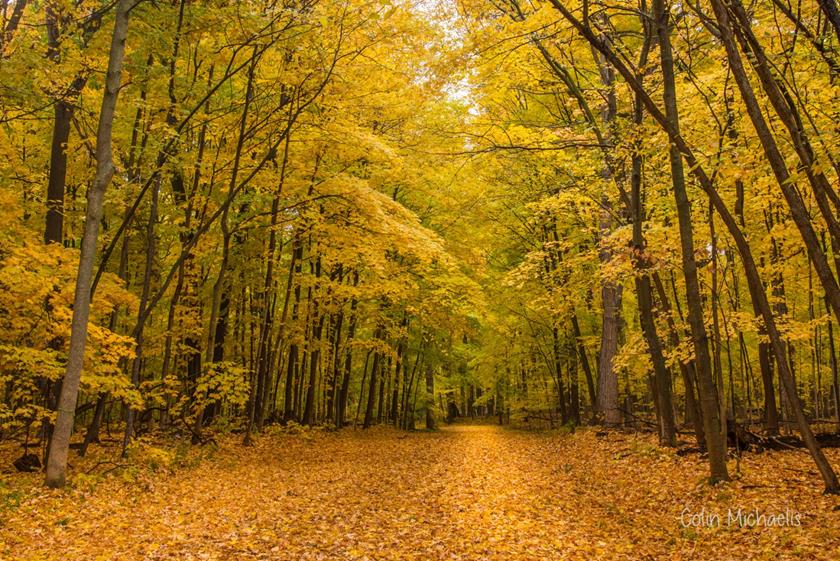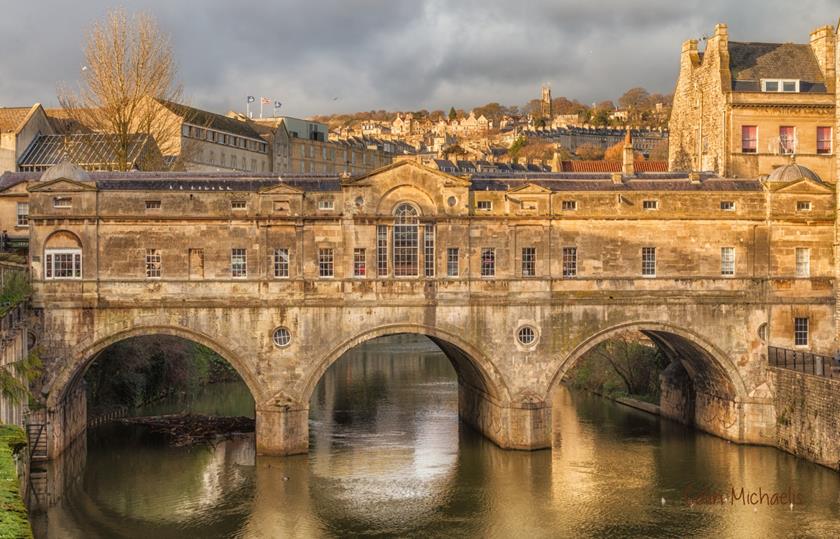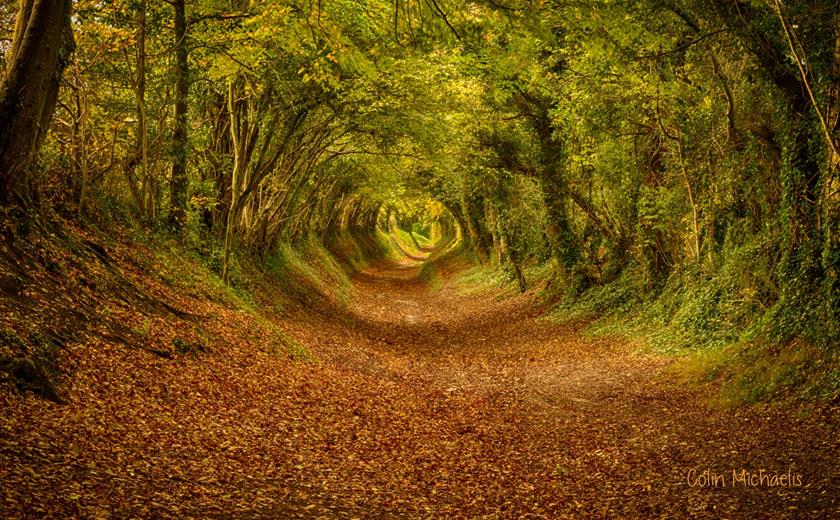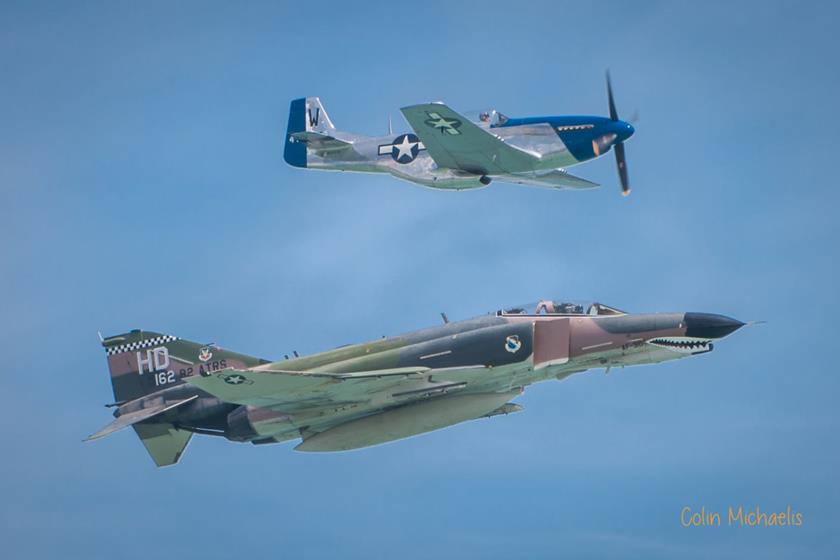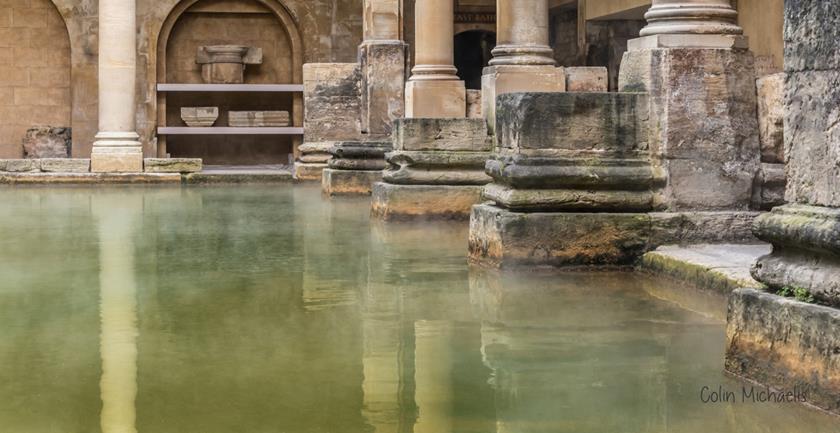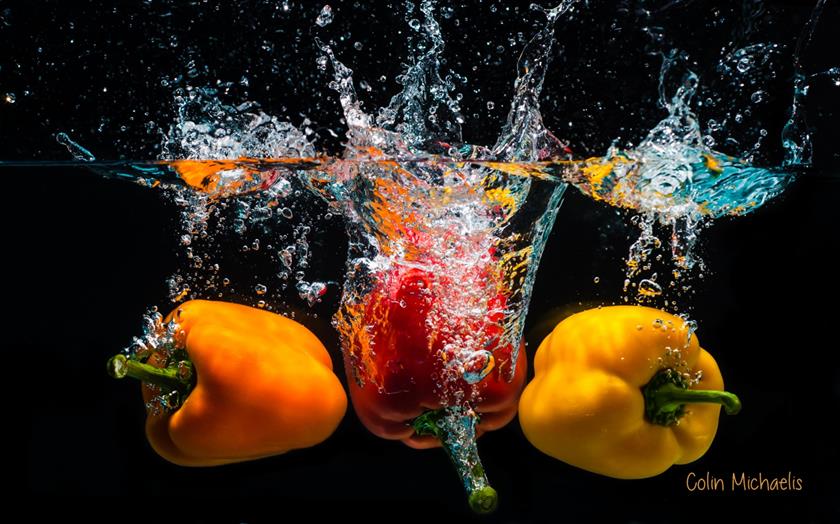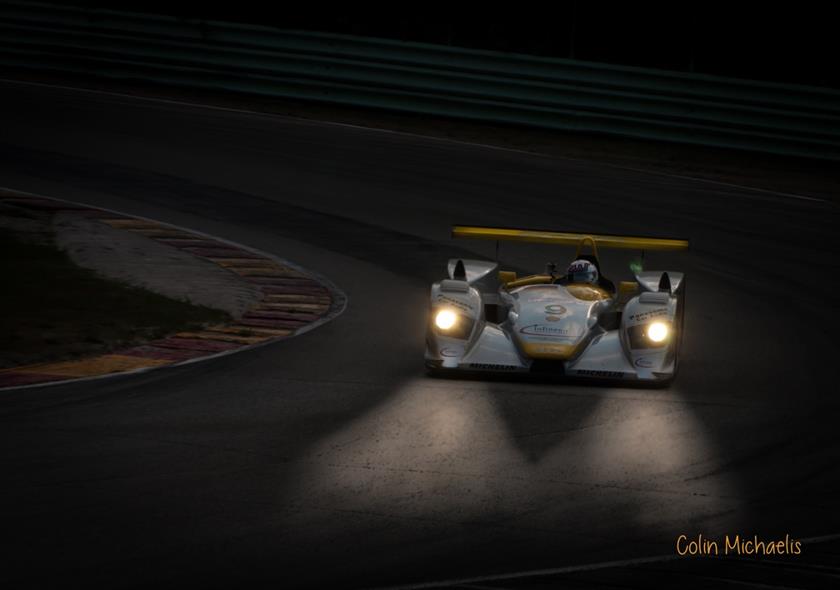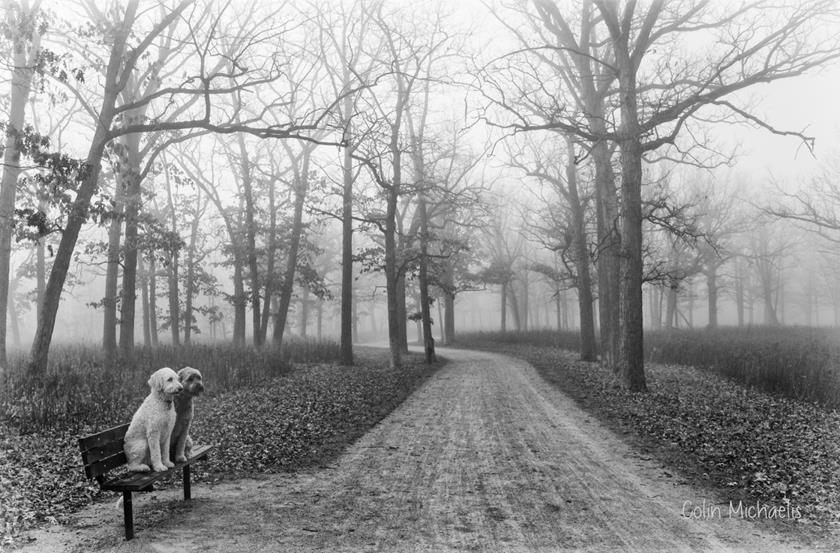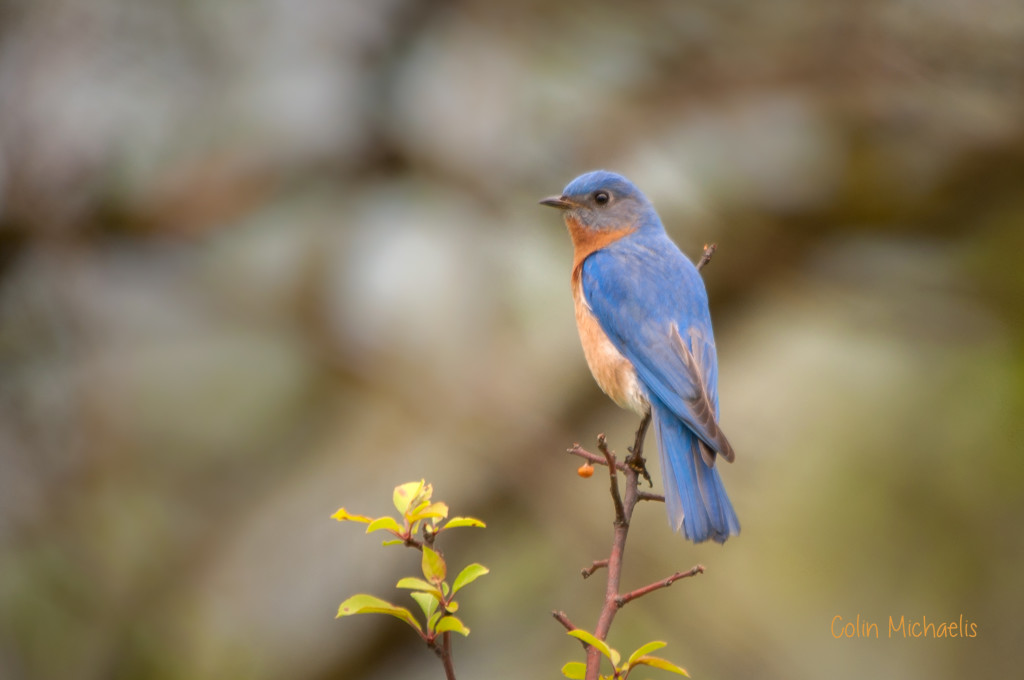Many Years Ago
I first had an interest in photography as a teenager, (sigh) more than just a few years ago. At the same time, I was a huge fan of auto racing, or motor racing as we called it in South Africa. Not surprisingly, the two quickly became interests that I was able to combine. In fact I was more into motor racing photography than pretty much any other genre. I remember I had posters of Formula One world champion, Jody Scheckter’s Tyrrell on my bedroom wall. The close up shots of that blue Tyrrell and the South African driver on some of the most famous race-tracks in the world inspired me to take my own pictures.
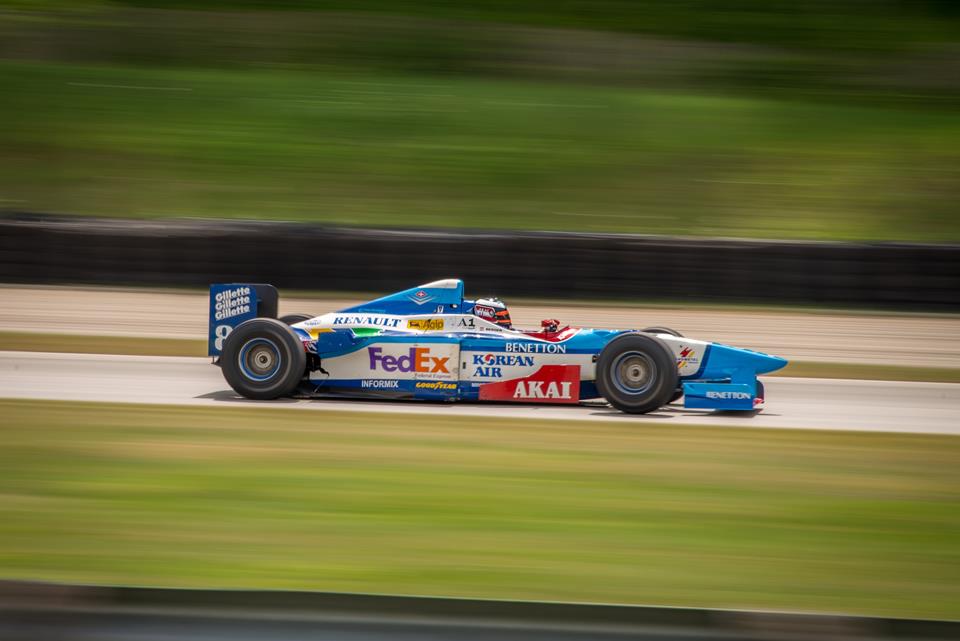
I saved up and bought a manual focus Vivitar 200mm lens and a 2X tele-converter and paired this with my Dad’s old Pentax K1000. This was my primary equipment for shooting racing, and I made it to most of the races at Kyalami, near Johannesburg. I am sure I had pictures of all the greats in Formula One at the time, Niki Lauda, James Hunt, Emerson Fittipaldi and Ayrton Senna – often as they hurtled sideways into a barrier or catch fence.
I had no training in photography, and the internet, which is such a great resource for photography learning, was not even a twinkle in Al Gore’s eye at the time. I remember that most of my racing pictures were taken at high shutter speeds to freeze the action. At the time, the alternative, having blur in my racing pictures, seemed like something to avoid like the plague.
A new perspective
Fast forward to today and I still love racing and have a blast doing photography at the track. But my perspective is so different and my styles have changed dramatically. I have seen the work of great racing photographers like Darren Heath and Jamey Price, and I learn something every time I go to the track with my friend Garen. Now when I go to the track, I am intent on capturing the mood of the track and, of course, the sense of speed. I wish a picture could capture the sound, and the smells too, but at the very least I want to portray the atmosphere.
Something that I find hard, but that can be so good at creating the feel of the track, are the wide-angle environmental shots. Bringing in the forest, the sky and even the broad sweep of the track can set the scene. If the car is just a small part of the image, it can still be a powerful part of the picture, and often say so much more than the close-in detail shots do.
The track is a wonderful place to practice and improve your panning techniques. Depending on the lens I am using, I may slow the shutter down to 1/25th. With my longer focal length lenses, I am often at 1/50th. I aim to get the key part of the subject, a wheel, the driver’s head, or whatever sharp, and the background just a sweeping horizontal blur. And it is not the end of the world to have the entire car a streak of color with nothing frozen.
One way to create the feeling of motion is to add some zoom blur. Needless to say, as the name implies, this requires a zoom lens. By quickly rotating the zoom dial while the shutter is open, the effect of movement is vivid, drawing the eye to the central point.
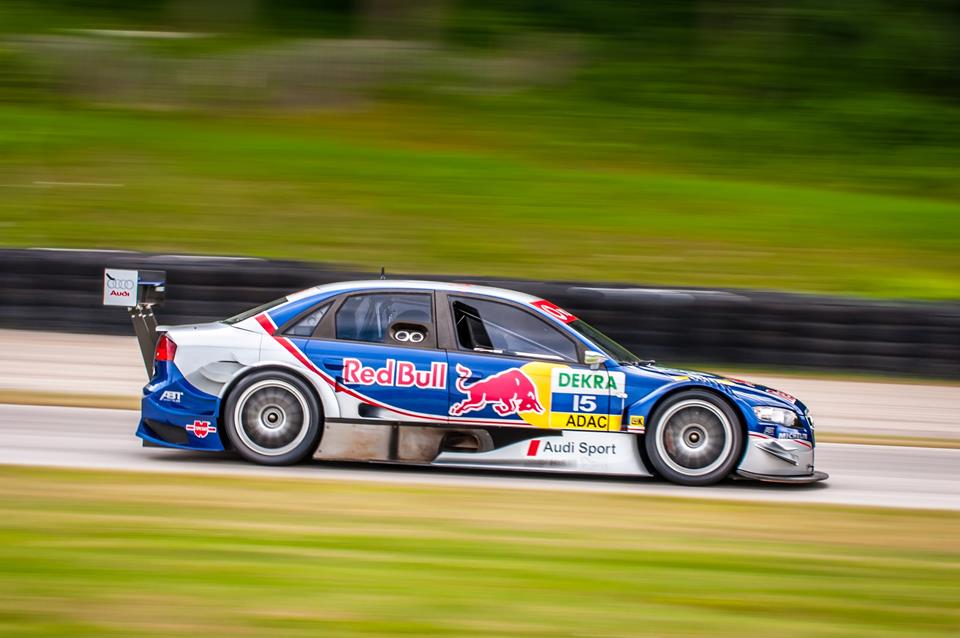
Often several things come together in a scene, such as with the Audi RS4, above. It is like the A4 I drive, and yet not very much like mine at all on the other hand, especially with the pipes coming out through the window of the back door. Not only do I have an affinity with this car, but it has those rich colors, the reflections and the sense of mystery with the driver invisible. All of this comes together in one eye-catching package.
Even an object moving at speed, has many photographic elements that can draw the eye. I look for lines, color, contrast and shapes. Sometimes something like textures or reflections will jump out at you.
As with all photography, everything changes as the light changes. A stormy sky and bright sunshine will create entirely different feels. And then as day goes into night, it all changes again.
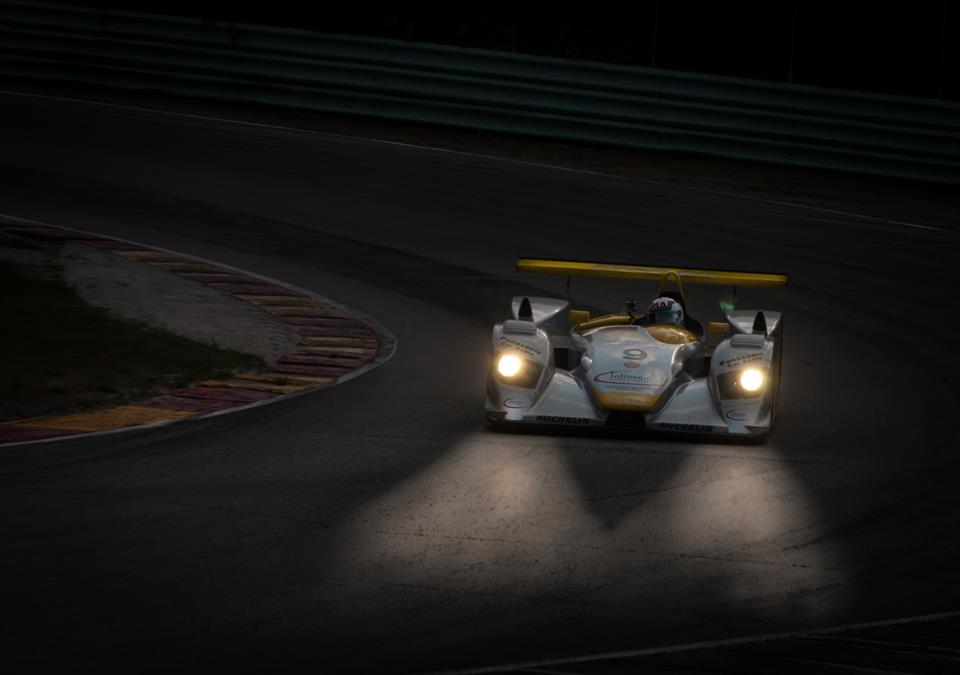
I have only managed to visit a track twice in the last couple of years. Just looking at these pictures again makes me want to head to the track again.
